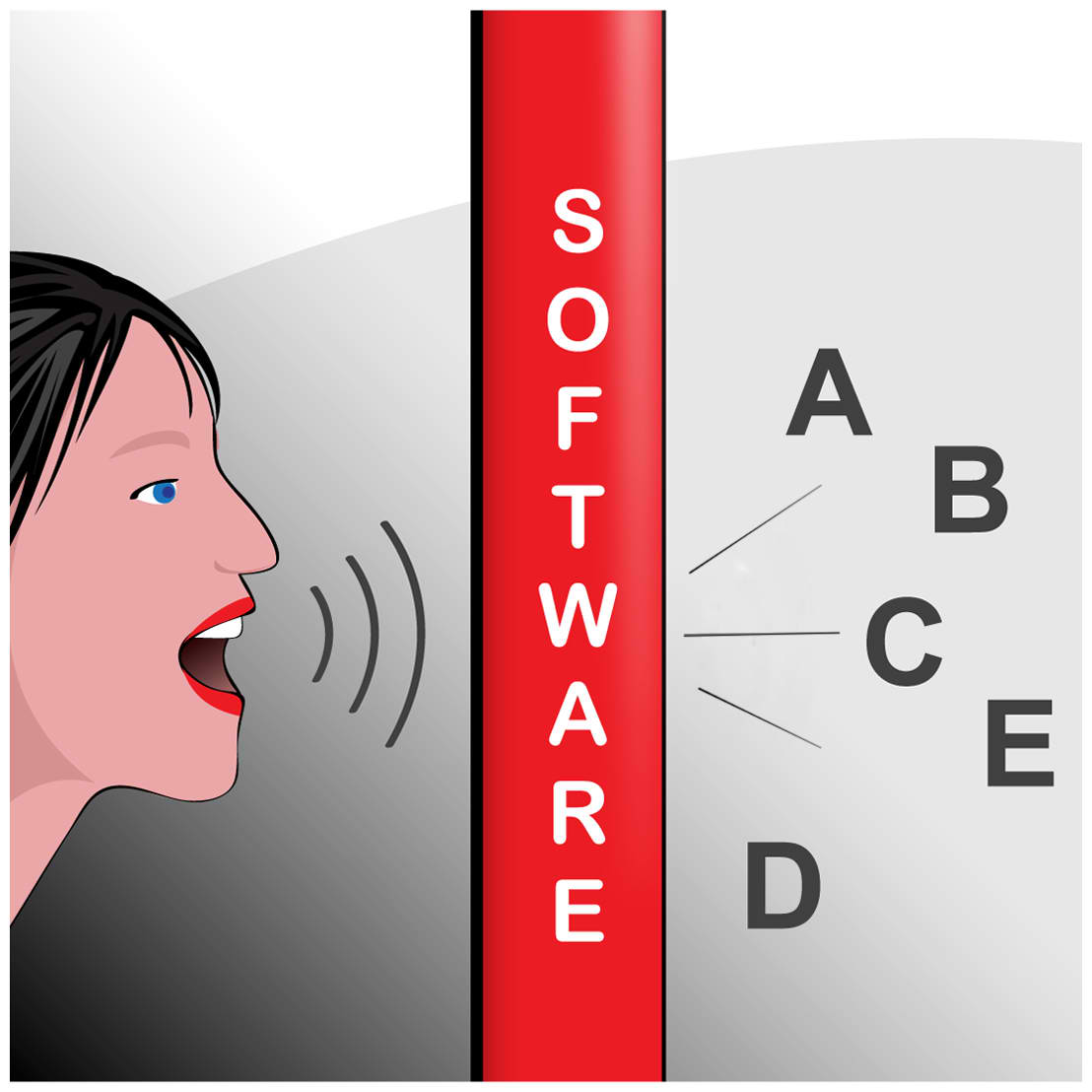
Speech to Text Mastery for Tech-Savvy Small-Business Owners
Introduction
Imagine you’re commuting to a supplier meeting and a game-changing thought hits you.
With speech to text, you record the thought instantly—no typing required.
This article shows how small-business owners can harness voice to text, real-time transcription, and AI-powered dictation to streamline workflows, reduce costs, and sharpen their competitive edge.
Stick around to discover must-have features, an easy implementation roadmap, and ROI calculators that make decision-making simple.
Speech to Text Basics: How the Tech Actually Functions
speech to text converts voice signals into machine-readable text using deep neural networks.
Key steps include:
- Audio pre-processing: noise reduction and volume normalization
- Feature extraction: converting audio into Mel-frequency cepstral coefficients
- Neural inference: predicting characters or copyright
- Post-processing: adding punctuation, capitalization, and formatting
The output appears on transcribe audio your screen in near real time, ready for sharing or archiving.
The Business Case: Why Entrepreneurs Can’t Ignore Speech to Text
Entrepreneurs operate under relentless time and budget pressures.
speech to text addresses core pain points:
- Rapid Documentation: Convert sales calls into CRM notes instantly.
- Enhanced Focus: Dictate ideas during commutes without shifting eyes off the road.
- Reduced Burnout: Less manual typing equals lower fatigue for lean teams.
A 2023 study by MIT found companies using speech tech reduced documentation time by 38 %.
Key Features to Look For in a Speech to Text Solution
Evaluating speech to text vendors? Try this punch-list.
| Feature | Why It Matters | Questions to Ask |
|---|---|---|
| Accuracy | Fewer edits | What’s your WER (word-error rate)? |
| Latency | Real-time usability | What’s the average delay in ms? |
| Security | Data protection | Are you SOC 2 compliant? |
| APIs | Workflow fit | Is there a RESTful or WebSocket API? |
| Cost | ROI | Do you bill per minute or per seat? |
Real-World Use Cases: From Meeting Notes to Content Creation
Still wondering if voice to text fits your niche? Take a look at these micro case studies.
- Law Firm (5 employees): Shifted to voice dictation for drafts, gaining 15 extra billable hours monthly.
- eCommerce Brand: Livestream captions via real-time transcription increased subtitle engagement 34 %.
- Consultancy: Meeting transcripts fed into an AI summarizer, generating shareable memos in 60 s.
Step-By-Step Guide to Deploying Speech to Text
Deploying real-time transcription? Try this agile sprint approach.
- Week 1: Prototype in a single department.
- Week 2: Gather feedback; tweak settings and vocab.
- Week 3: Roll out across multiple teams.
- Week 4: Document SOPs, then negotiate enterprise pricing.
Overcoming Common Challenges and Misconceptions
Even stellar tech isn’t immune to hiccups.
Below are common snags and quick fixes:
| Challenge | Root Cause | Solution |
|---|---|---|
| Low Accuracy | Background noise | Switch to a cardioid mic; activate noise suppression. |
| Slow Latency | Weak internet | Use wired connections or allocate more CPU. |
| Privacy Concerns | Unclear policies | Choose on-prem or private-cloud deployment. |
Future Trends: AI, Multilingual Support & Beyond
Analysts predict the speech tech market will surpass \$50 billion by 2028.
Now’s the time to experiment.

Conclusion
From capturing brainstorms to automating compliance logs, speech to text is no longer optional—it’s a growth catalyst.
You now have the blueprint: understand the tech, choose the right features, launch in sprints, and monitor ROI.
Ready to level-up your team’s productivity?
Take action today: sign up for a free trial with a top provider, test it on your next meeting, and watch the efficiency gains roll in.
FAQ
- What is speech to text and how accurate is it?
Speech to text tools use AI to turn voice into text, achieving about 95 % accuracy for many languages.
- Is voice to text secure for sensitive data?
Yes—leading vendors offer end-to-end encryption, HIPAA, and GDPR compliance to keep your transcripts safe.
- Can I use real-time transcription during video conferences?
Absolutely. Most major speech to text APIs integrate with Zoom, Teams, and Google Meet, generating live captions instantly.
- Does speech to text work with different accents?
Modern engines train on diverse global datasets, so they handle a wide range of accents with high accuracy.
- How much does a voice dictation platform cost?
Costs vary: free plans exist, pay-per-minute averages \$0.006, and many small firms spend less than \$50 monthly.